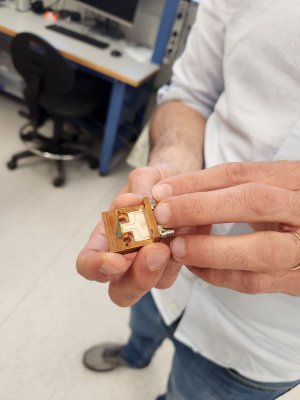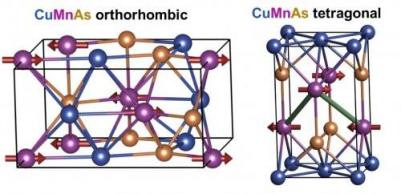Researchers report non-volatile electric control of magnetic and topological properties of MnBi2Te4 thin films
Researchers from Oak Ridge National Laboratory (ORNL) have proposed a mechanism to control the magnetic properties of topological quantum material (TQM) by using magnetoelectric coupling: a mechanism that uses a heterostructure of TQM with two-dimensional (2D) ferroelectric material, which can dynamically control the magnetic order by changing the polarization of the ferroelectric material and induce possible topological phase transitions.
The novel concept was demonstrated using the example of the bilayer MnBi2Te4 on ferroelectric In2Se3 or In2Te3, where the polarization direction of the 2D ferroelectrics determines the interfacial band alignment and consequently the direction of the charge transfer. This charge transfer, in turn, enhances the stability of the ferromagnetic state of MnBi2Te4 and leads to a possible topological phase transition between the quantum anomalous Hall (QAH) effect and the zero plateau QAH.

